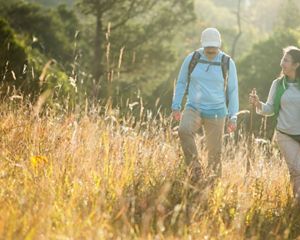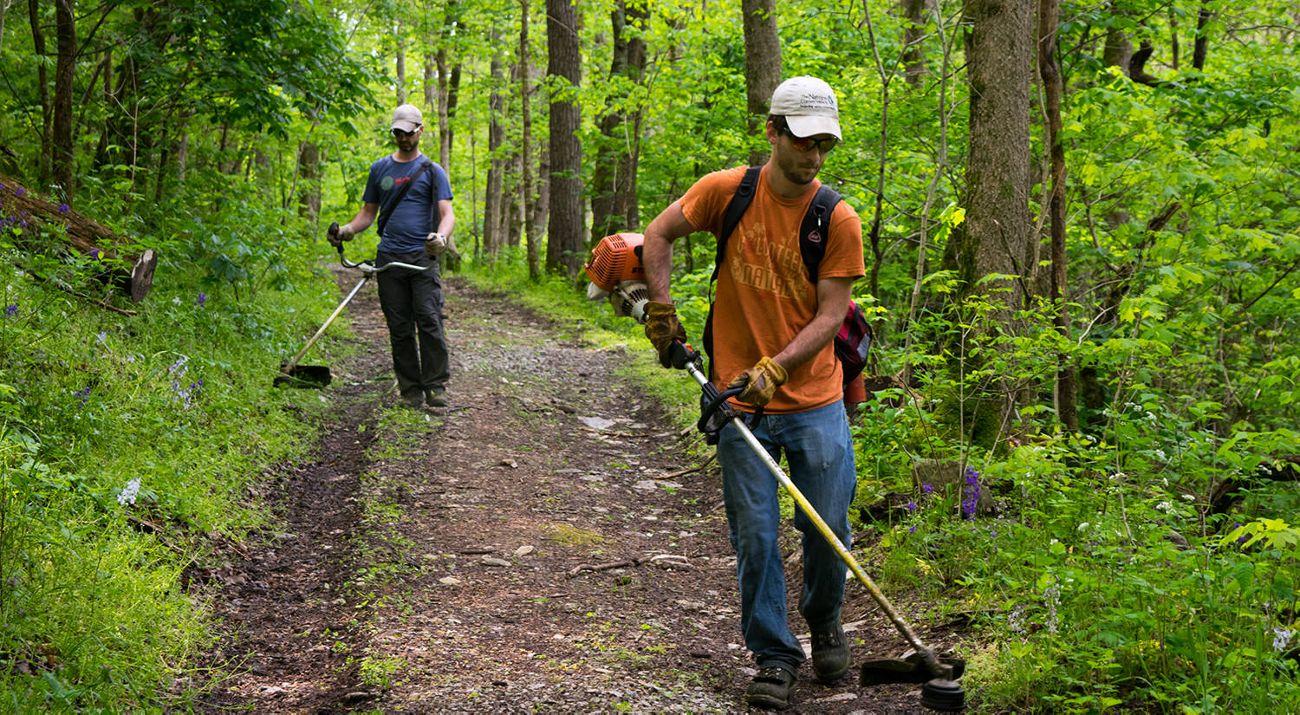
Kentucky Stewardship
Kentucky's stewardship staff work year-round to protect and enhance nature.
Stewardship of The Nature Conservancy’s preserves and easements in Kentucky is a year-round process, including everything from hiking trail maintenance to prescribed fire. We talked with our conservation practitioner, Zach Pickett, about the many tasks involved in maintaining TNC’s Kentucky lands and about other hands-on conservation work across the state.
Spring
Early Spring is all about prescribed fire for The Nature Conservancy in Kentucky. Chris Minor, director of land management and fire manager for the Kentucky chapter, assembles a fire crew with Pickett’s assistance, often bringing in fire personnel from all over the country. The crew takes a refresher training course and physical fitness test before beginning the year’s burning.
One of the many tasks the fire crew will perform is installing fire breaks—areas without any available fuels such as grass, leaves or branches and woody debris that a fire will not readily cross. Installing a fire break through the woods can present a challenge. “If it’s really thick, you’ll have to initially clear the break with a chainsaw to take out the big stuff, and typically follow up with a leaf blower to blow leaves and other smaller lightweight fuels out of the break,” says Pickett. “We use hand tools for the duff layer, clearing it out with rakes, Pulaskis, or shovels all the way down to bare mineral soil.”
In a grassland, Pickett and other personnel generally mow a 15-foot wide path around the perimeter of the burn unit. The outermost area of the mowed perimeter is then disked or tilled to expose bare mineral soil, which helps to stop the fire from spreading outside the unit. For more information on prescribed fire, check out the chapter’s prescribed fire page.
Spring Stewardship
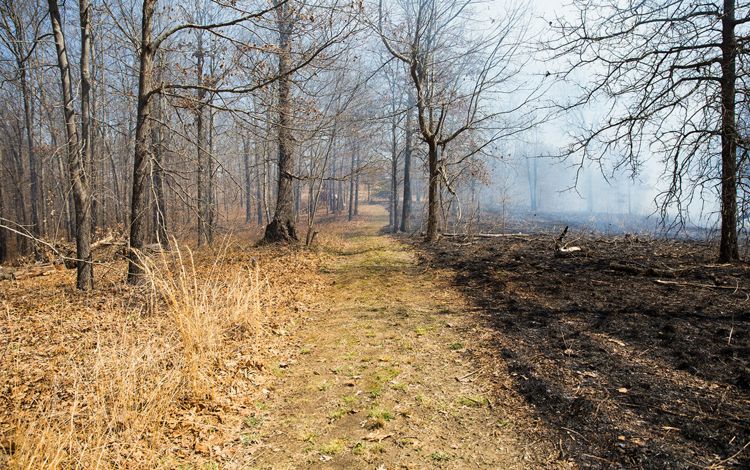
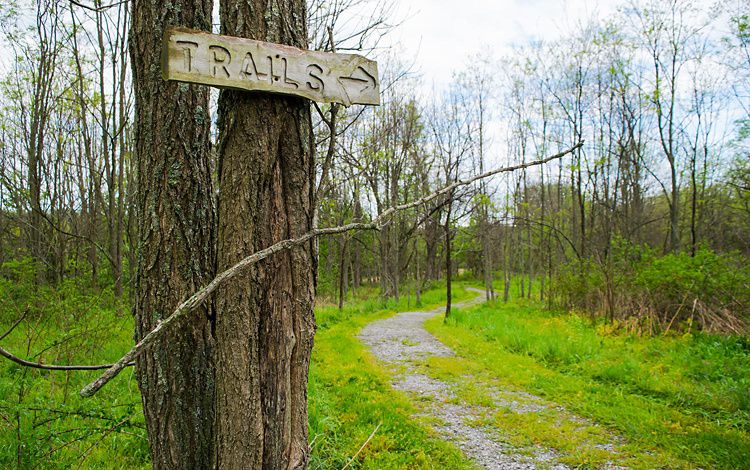
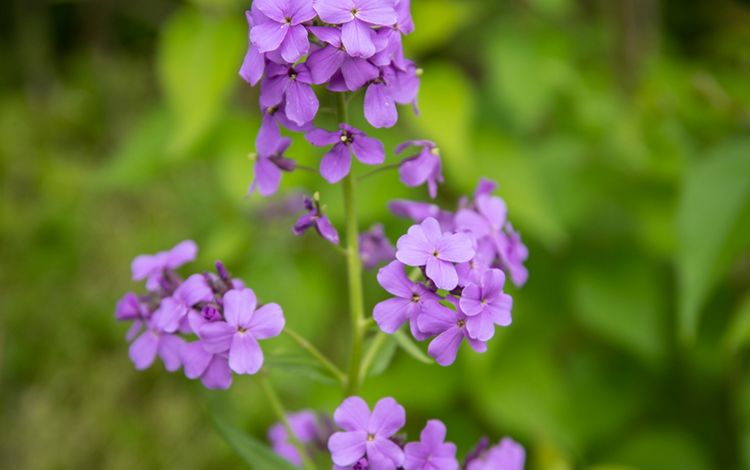
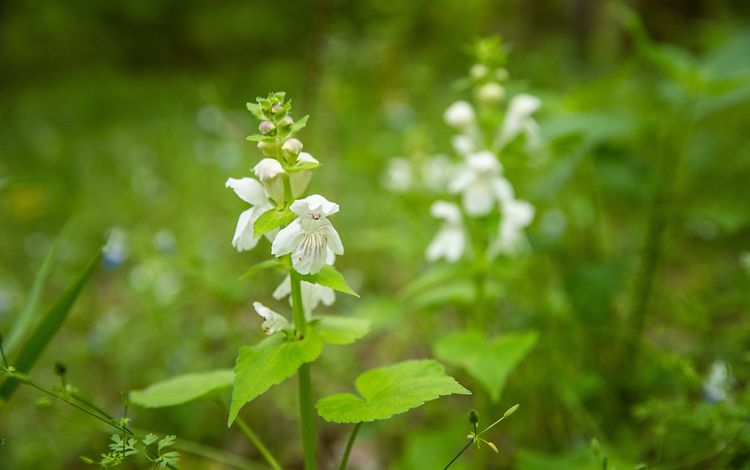
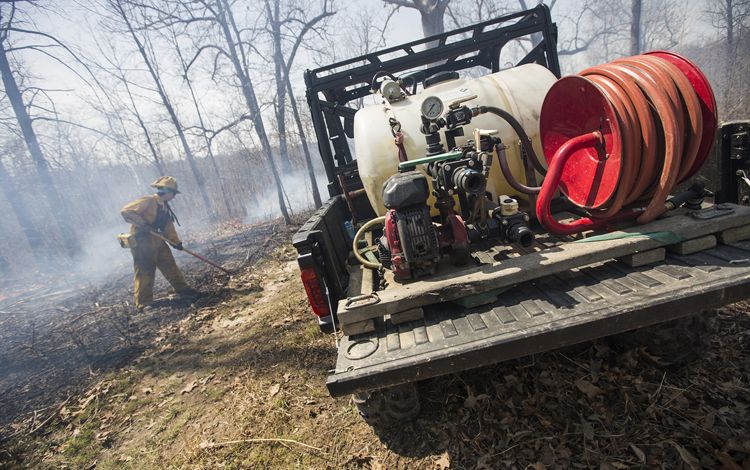
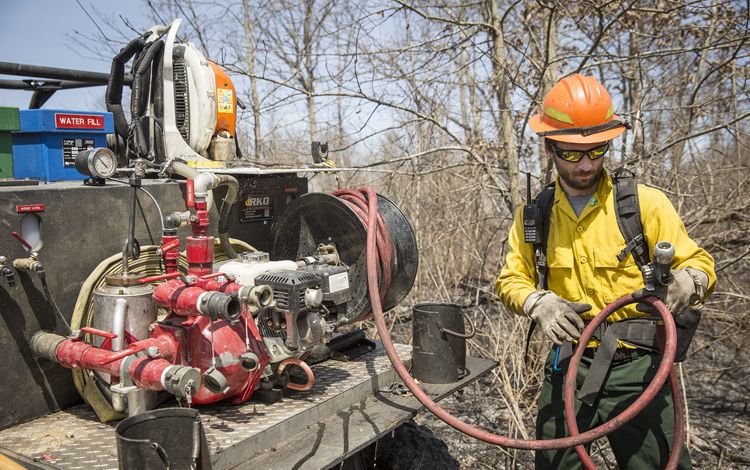

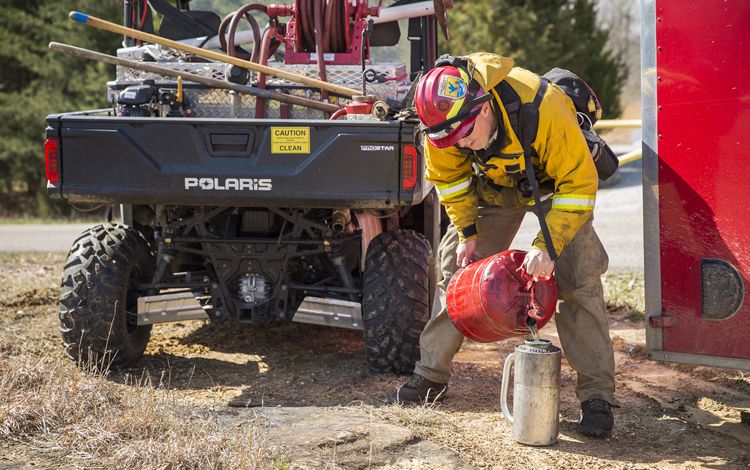

.jpg?crop=0%2C160%2C4000%2C2506&wid=750&hei=470&scl=5.333333333333333)
.jpg?crop=0%2C80%2C4000%2C2506&wid=750&hei=470&scl=5.333333333333333)
Summer
With some overlap of the latter portion of spring prescribed fire season and the beginning of the growing season, focus begins to shift to trail and general maintenance of our public nature preserves. “A lot of time is spent maintaining preserves open to the public,” Pickett says. “Mowing around parking areas, maintaining trails and clearing trails of downed trees.”
Stewardship needs on other preserves that are not open to the public are also addressed. These activities range from fencing needs and boundary issues to trespass and unauthorized use issues to maintaining habitats for sensitive natural communities.
Invasive species work also takes place during this time. Pickett addresses these species with both manual and chemical removal. Sometimes he’ll rent machinery to help, but usually it’s chainsaw work and hand-pulling, or a combination of chainsaw and herbicide. TNC in Kentucky will usually get a seasonal stewardship assistant to help Pickett with preserve maintenance.
Summer Stewardship
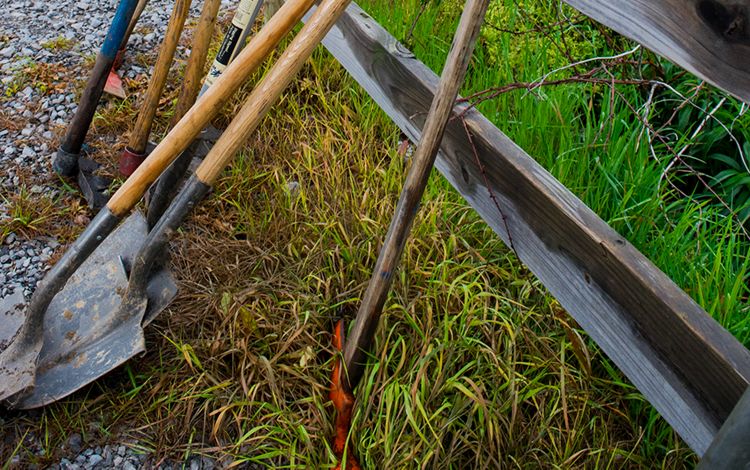
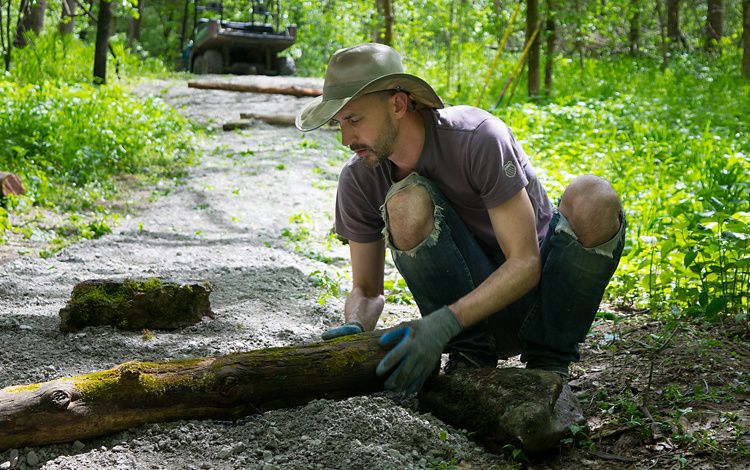
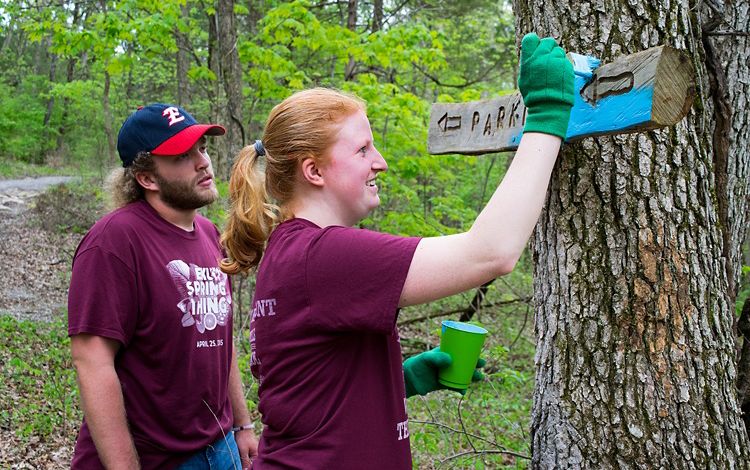

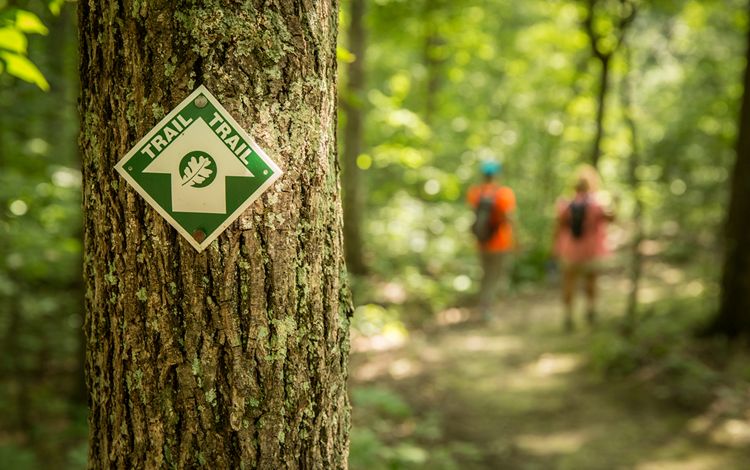
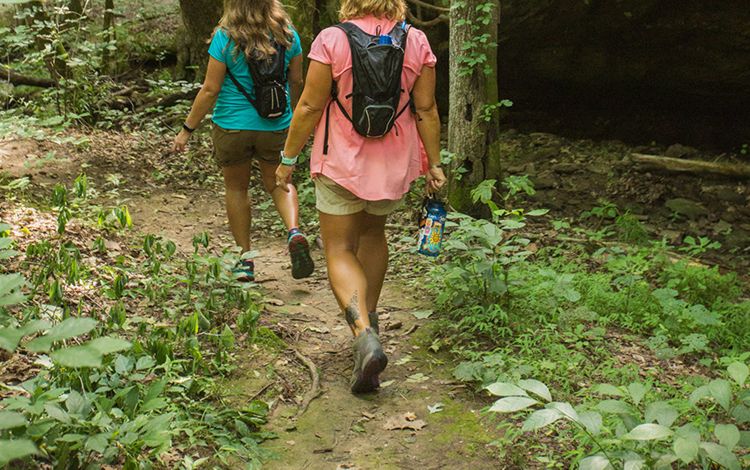
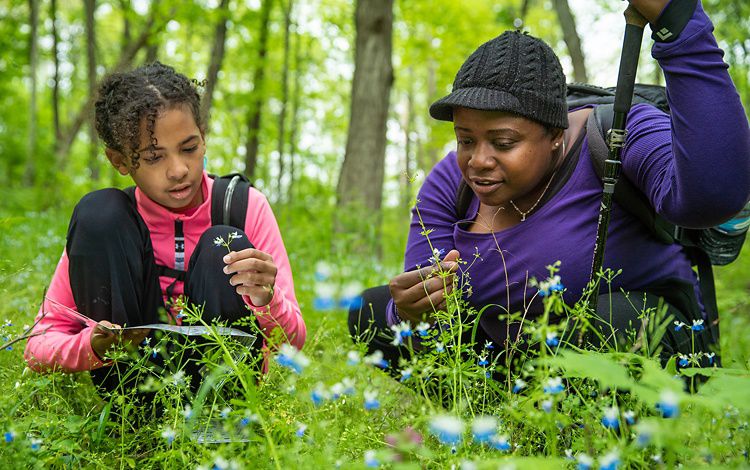

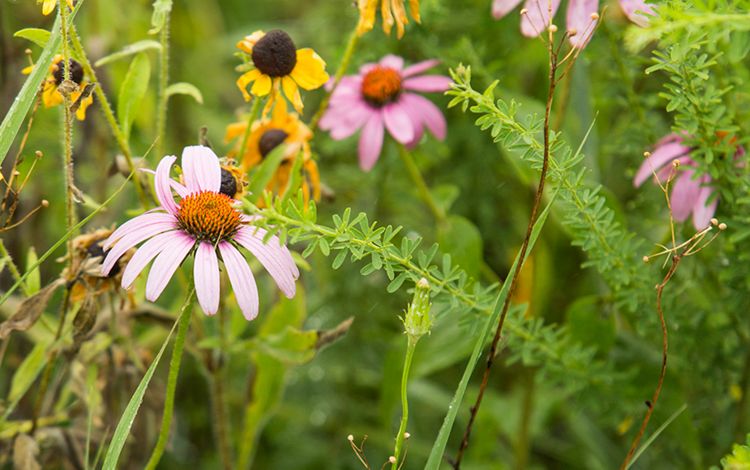
Fall
Preserve maintenance continues into the fall, focusing on keeping hiking trails clear for visitors. Inspection of fee lands—properties TNC owns—and conservation easements takes place. For conservation easements, inspections center on ensuring prohibited activities are not taking place on the land. Wildflower plantings at Sally Brown & Crutcher Nature Preserves, Mantle Rock Nature Preserve and Dupree Nature Preserve are all maintained during this time as well as throughout the growing season by working on removing invasives from these plantings. Prescribed fire occurs in the fall as well as the spring. “If you have the weather,” says Pickett, “this is a good time for woodland and grassland burns.” Fall is also the season in which Minor recruits fire personnel for spring burning.
Quote: Zach Pickett
We don't want our visitors walking through overgrown and unmaintained trails.
Updating and installing preserve infrastructure such as new signage takes place in the fall and at other times during the year. Fall is a good time to work on expanding trails and installing new trails. TNC personnel are currently working on installing additional trail mileage at Dupree Nature Preserve and at Sally Brown & Crutcher preserves.
Fall is also a prime season for facilitating school groups at our nature preserves, including groups brought to Dupree Nature Preserve through Bluegrass Greensource. “We coordinate and ensure preserve maintenance is done shortly before their arrival,” says Pickett. “We don’t want our visitors walking through overgrown and unmaintained trails. We coordinate and try to facilitate any extra needs or amenities during these high-volume visitation times. These times can occur not only in fall but in May and the early part of June.”
Fall Stewardship

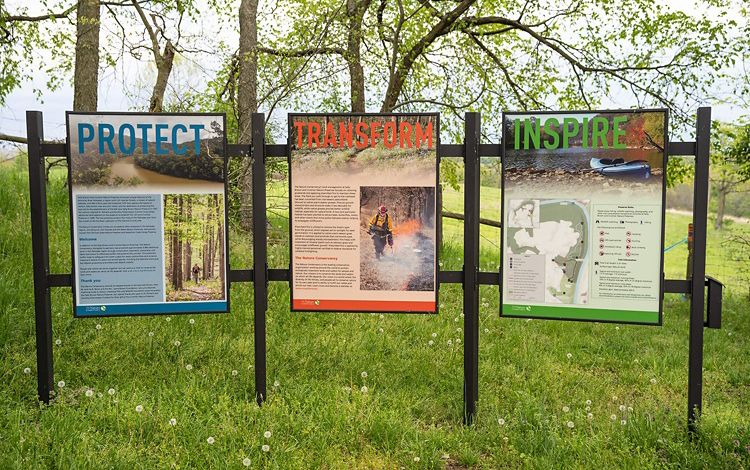
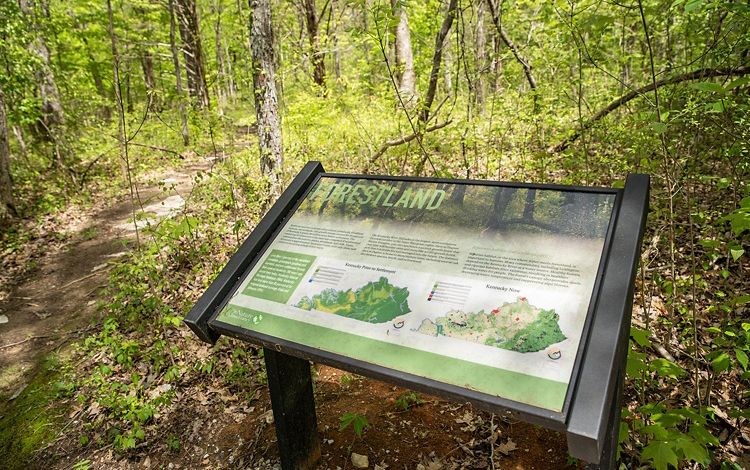

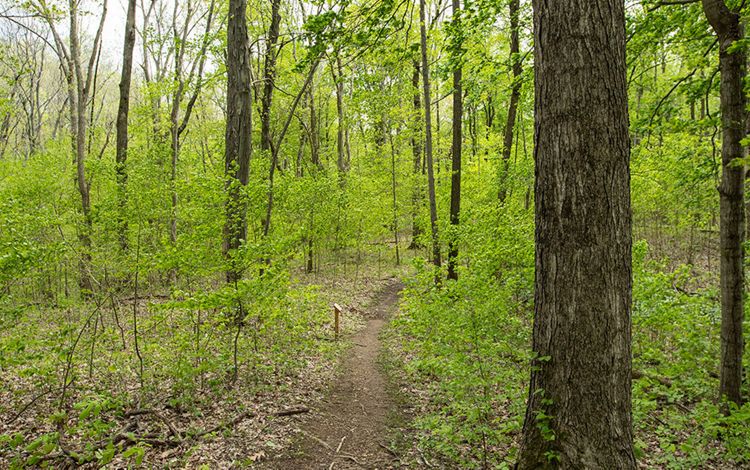
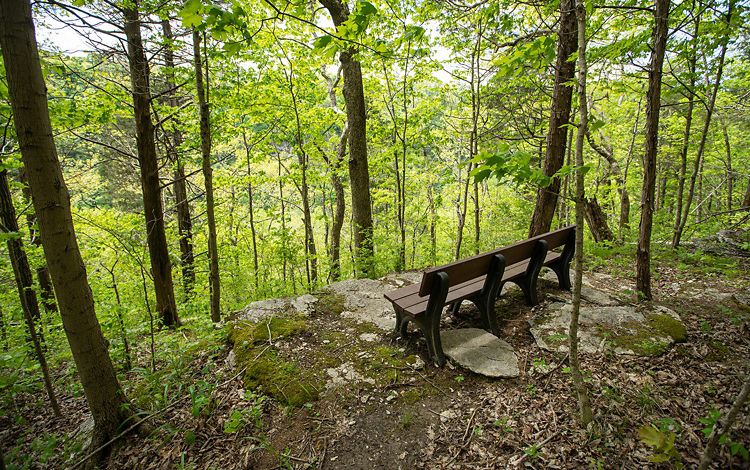
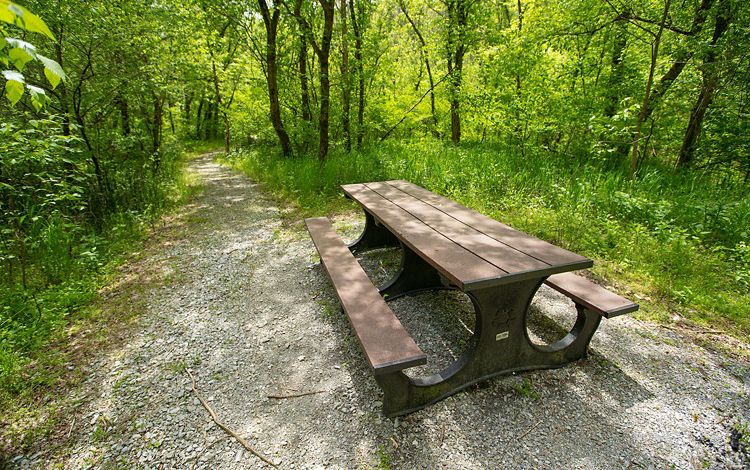
Quote: Zach Pickett
Winter is a great time of year to mark preserve boundaries because the leaves are off the trees.
Winter
Winter brings weather events such as storms and ice, which cause downed trees and other trail maintenance needs. “I’m getting out to the preserves and making sure the trails are in good shape,” says Pickett. “Now is a great time of year to mark preserve boundaries because the leaves are off the trees.”
Fire season is just around the corner, so Pickett works with Minor to prepare. “We’ll go through all of our equipment, such as hand tools and drip torches and make sure it’s all organized and we are ready,” Pickett says. “We’ll go through our fire engine and make sure the truck is good to go. We’ll inspect our ATV and UTV units and our mobile fire caches, checking the trailers from the tongues to the tail gates.”
Winter Stewardship
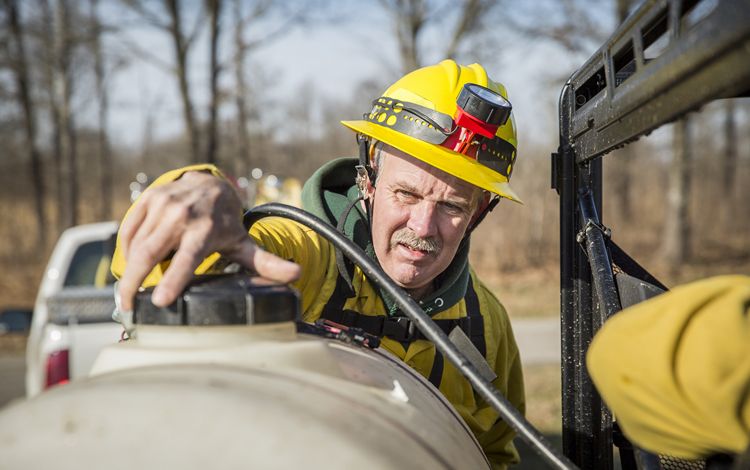
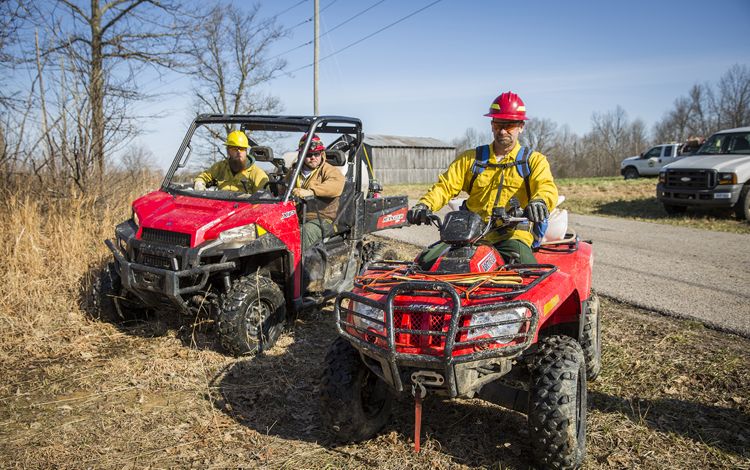
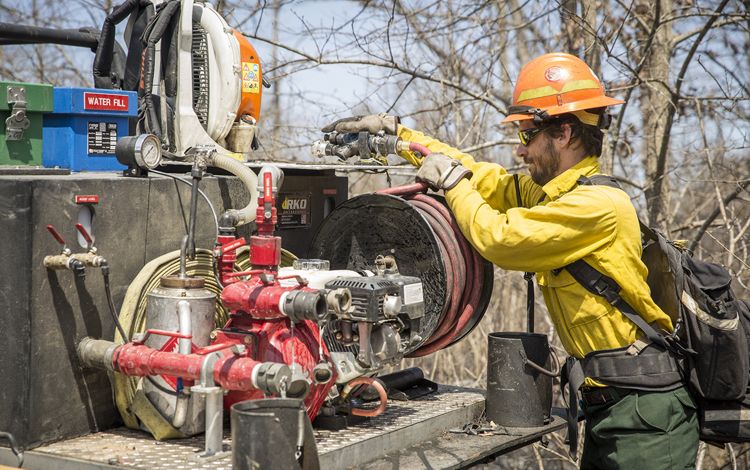


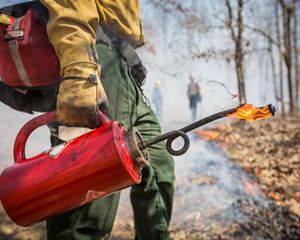
.jpg?crop=273%2C0%2C1956%2C1565&wid=300&hei=240&scl=6.520833333333333)
